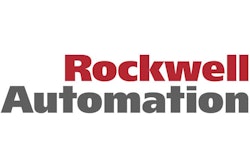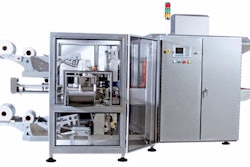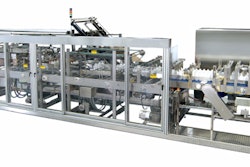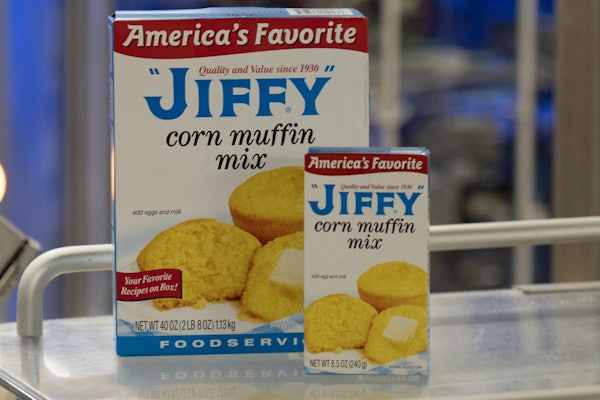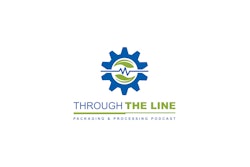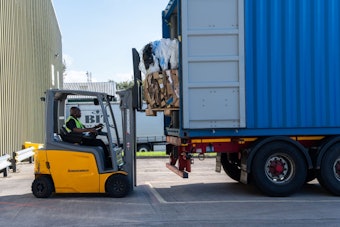Not so at Sentry Group, Inc., Rochester, NY, which has used cost-effective bar codes for years. Sentry set out to get as much value as possible when it was required by its customer to provide RFID tags on cases and pallets containing the safes and other security devices that it produces. The RFID program rolled out in mid-2007.
“Installing RFID and tagging product for one customer would not provide much overall benefit and would not pay for the equipment,” says John Marachisia, the company’s information technology director.
Unwilling to allow RFID become just another cost of doing business, management assigned the engineering staff to find a way to use RFID elsewhere in manufacturing and logistics.
“We looked at how we could leverage the technology and investment for our operational efficiency,” explains Marachisia. “Although we did not have to tag all our products, there was an opportunity to automate pallet transfers around our plants and warehouse using RFID.”
The plan for capitalizing upon this opportunity involved mixing RFID with bar codes, playing off the strength of each.
“RFID is not line-of-sight technology,” reminds John DiPalo, senior vp of product development at Acsis Inc. (www.acsisinc.com), a software vendor that integrated Sentry’s enterprise resource planning (ERP) system. “It provides the most benefit to validate transactions without direct interaction from the user.”
“RFID also shines in its ability to read aggregations of product,” adds DiPalo. All the tags on cases on a pallet during stretch wrapping, for example, can be read to validate that the pallet contains the correct product and quantities. At Sentry, only cases and products destined for the customer’s RFID-enabled warehouses are tagged, yet all pallet loads are RFID-tagged, providing visibility for internal tracking. Reads are done at five locations, from the end of packaging production through the dock doors.
Downstream, RFID can also permit unique serialization for authentication and tracking of products through the supply chain.
Acsis’ solution is based on Gen 2 RFID tags and Model 9800 readers from Alien Technology. The reader is part of the Acsis xDDI (Device and Date Integration) RFID “appliance” in NEMA-compliant housing installed at Sentry; the appliance also includes an Allen-Bradley programmable logic controller from Rockwell Automation.
Interestingly, the application of RFID tags of cases at Sentry is done using a standard labeler applying an “on-pitch” or “bare” tag that’s subsequently RFID-encoded and verified by the xDDI appliance.
Note: Some of this information was based on RFID and bar code after the hype, a feature from the September issue of Automation World, along with additional details.
For related articles visit packworld.com/rfid.

